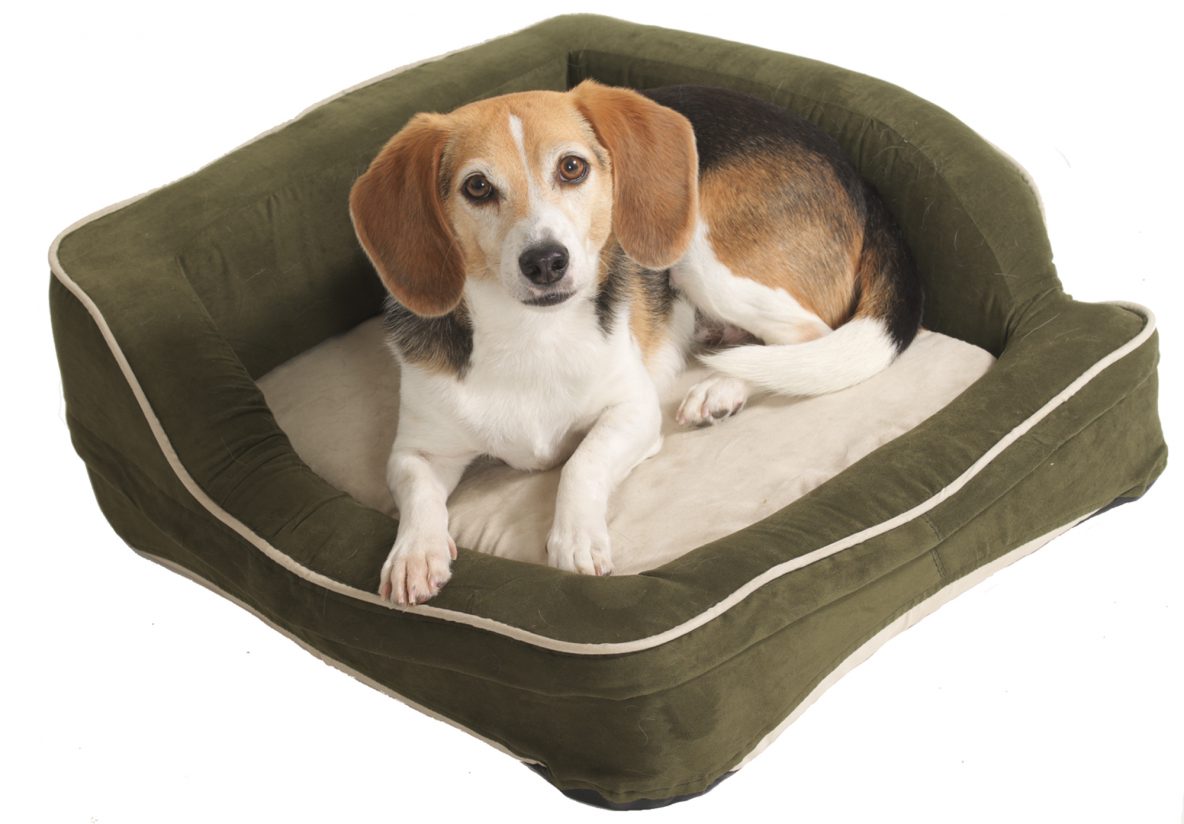Having your pet sleep in its own bed is a healthy act for your pet. The thing as pet owners need to be aware of is the 4 scary things in your dog’s bed. These are organisms that can harm your pet while they sleep. Most of these organisms you can’t see, such as parasites, bacteria, virus, and fungus. We will lay out what each of these scary things can affect your dog’s health.
External Parasites
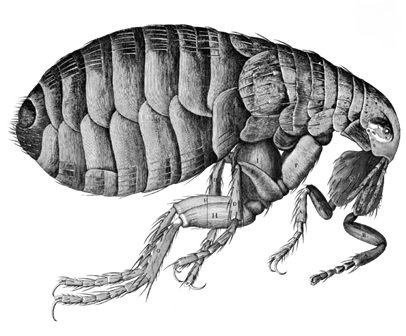
Your dog may catch fleas or mites from other dogs or from other people. Then they can take them into your home or their beds. “Flea pests can hitch a ride on humans through their pants or shoes.” Says Dr. Jeffrey Stupine, head of veterinarian at the Pennsylvania SPCA. “If you get little red spots on your ankles or your pet is scratching, it’s probably fleas. If you have an infestation, there may be invisible larvae waiting to hatch in your dog’s bedding.”
The mites that cause sarcoptic mange can live for a day or so off their host and in the environment (like your dog’s bed). Sarcoptic mange mites can cause scabies in people.
Ringworm
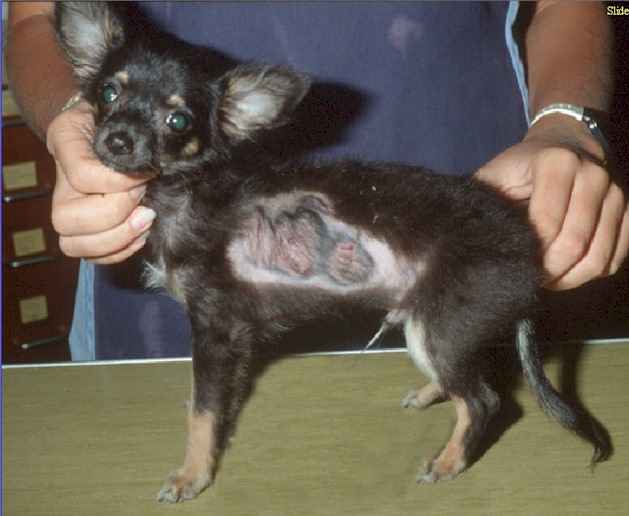
“Ringworm is not a worm but a fungal infection, medically known as dermatophytosis, that infects a dog’s skin, hair and claws and gets its name from the round, pink lesion it forms on the skin [in people],”says Dr. Daniel Morris, a veterinary dermatologist at University of Pennsylvania Veterinary School. The symptoms in dogs is redness, itching, hair loss, crusty patches, and brittle claws.
Ringworm spores can live in the environment (including bedding) for up to two years. If this is left untreated ringworm can infect other animals and humans in your house.
Roundworm and hookworm
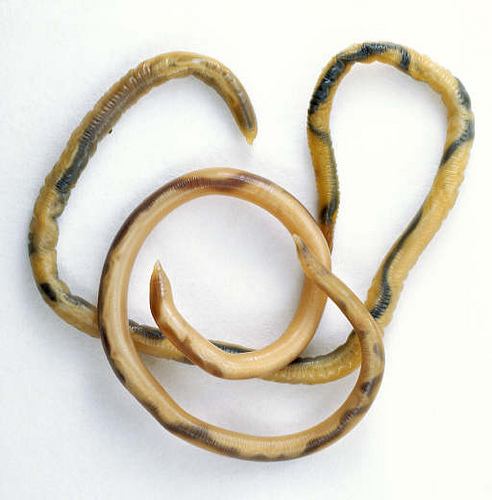
Roundworms (nematodes or ascarids) are parasites that live in the intestine of dogs. These parasites feed off of partially digested intestinal contents. According to the Companion Animal Parasite Council (CAPC) many infected dogs shed roundworm eggs in their feces, and your dog may be infected by ingesting the infected feces or by eating a small, infected animal such as a mouse. Roundworms may also be passed from a mother to her puppies. Symptoms include diarrhea, vomiting, weight loss, dull hair, coughing and a potbellied appearance. If your dog is infected with roundworms, his bedding may contain invisible eggs.
Named for their fishing hook shape, hookworms live in the small intestine, ingest their host’s blood, and shed their eggs in feces. Your dog may get hookworm from eating contaminated soil or infected prey animals, larvae may burrow through the skin, or puppies may contract hookworms from their mothers. Symptoms of hookworms include weight loss and diarrhea. If your dog has hookworm, his bedding may contain hookworm larvae, which are transmitted through fecal matter that may be invisible to the eye.
Salmonella and Listeria
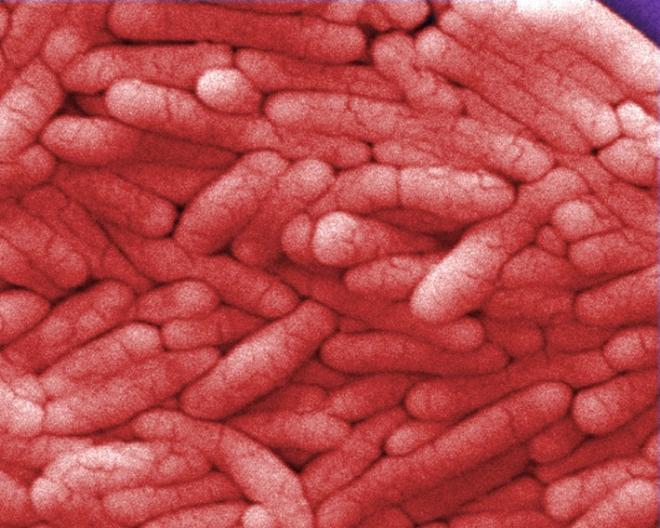
People usually associate Salmonella and Listeria with human food-borne illnesses but the Centers for Disease Control and Prevention (CDC) has found that 25 percent of commercial raw dog food tested positive for these harmful bacteria. Symptoms of Salmonella and Listeria infection in dogs include high temperature, refusal to eat, weight loss, diarrhea, vomiting and lethargy.
According to the CDC, dogs can carry the harmful bacteria in their intestines without showing signs of illness and expose humans in the household. To avoid the risk, the CDC recommends cleaning all surfaces, including bedding, on a regular basis, washing your hands thoroughly, safely storing and handling raw pet food, not letting your dog lick you around your face, and cleaning up your dog’s poop carefully.
